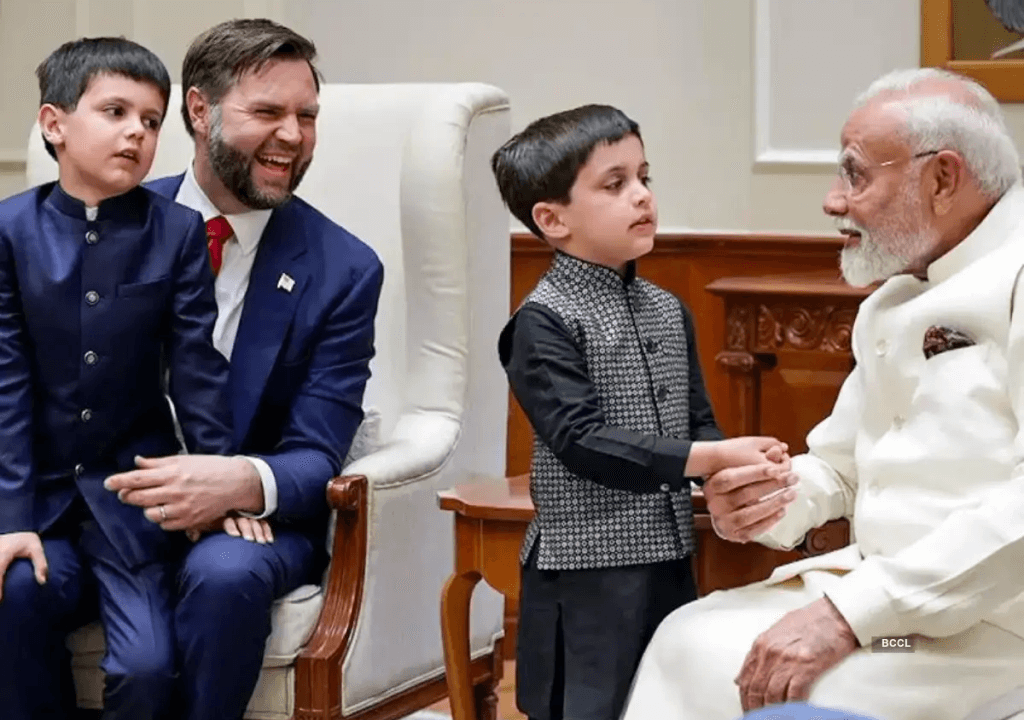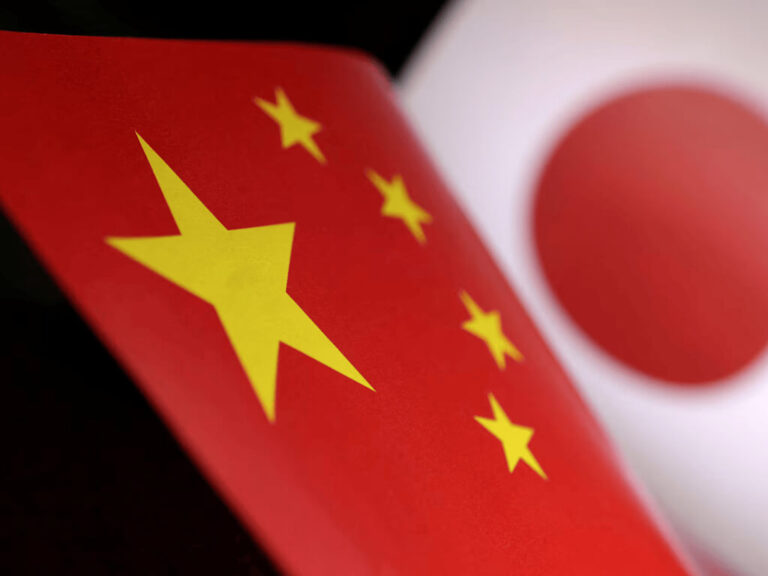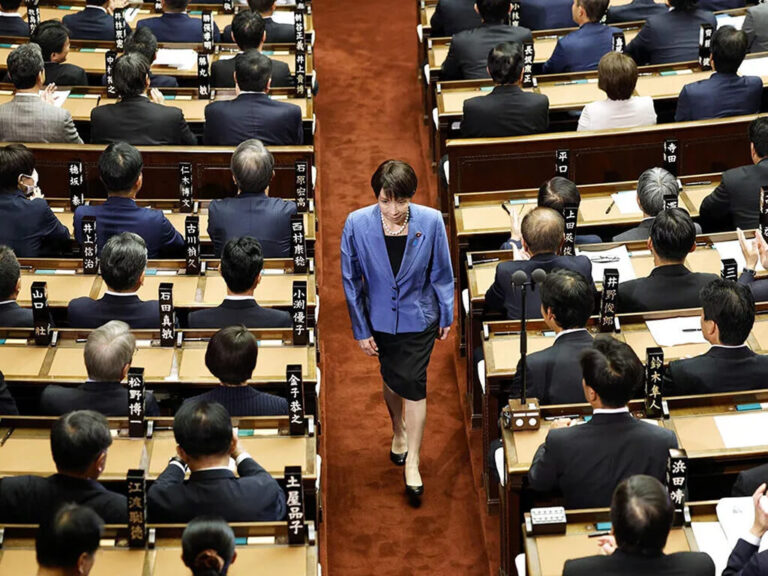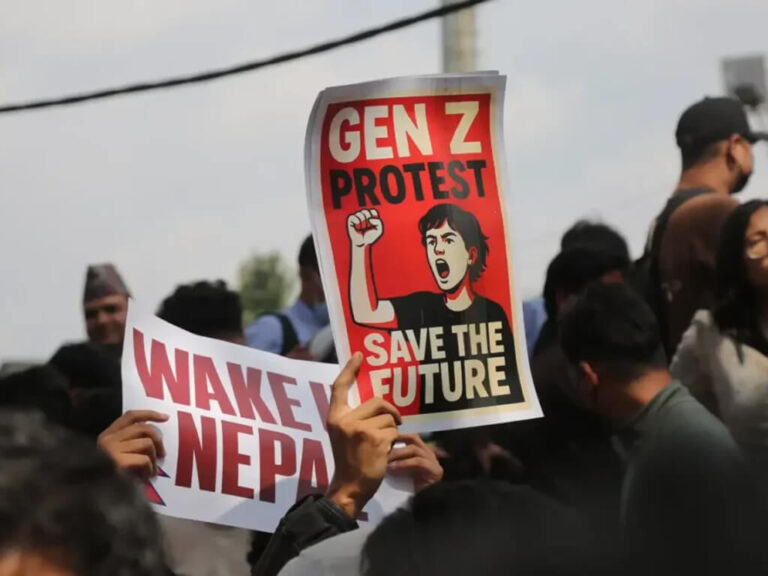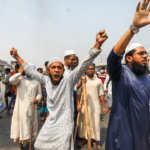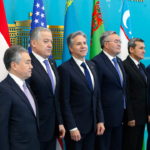The U.S. Vice President’s highly celebrated visit to India concluded amid chaotic days, as rising India-Pakistan tensions flared after a terrorist attack in Kashmir. Yet both India and the United States are portraying the trip as a diplomatic success in strengthening their ties. Prime Minister Narendra Modi and Vice President J.D. Vance praised what they called significant progress toward a bilateral trade agreement — one aimed at helping India avoid steep tariff hikes announced by President Donald Trump, modestly opening India’s vast market to American goods, and encouraging greater Indian purchases from the United States.
An important visit
Accompanied by the Second Lady, Usha Vance — who has Indian roots — and their children, Ewan, Vivek, and Mirabel, Vice President Vance arrived in New Delhi on Monday for a four-day visit blending high-level negotiations with family sightseeing. Indian media warmly covered the family’s arrival, highlighting the children’s traditional Indian attire and their visits to prominent Hindu temples as a symbol of deepening ties between the two nations. They were welcomed at the airport by Railways Minister Ashwini Vaishnaw.
At the airport, Vance stood beneath a red canopy shielding him from the blazing sun, while soldiers saluted and a military band played the U.S. national anthem. Optimism about a potential trade deal followed a series of one-on-one and delegation-level meetings between Modi and Vance at the prime minister’s official residence, culminating in a dinner hosted by Modi for the Vance family.
With President Trump’s 90-day pause on tariff hikes nearing its expiration, negotiators on both sides are working urgently to finalize a limited trade deal by July, with hopes for a broader agreement by autumn. Without a deal, tariffs on Indian exports are set to rise sharply, from 10% to 26%.
Although no formal agreements are expected during this visit, Vance’s engagement lends fresh political momentum to the negotiations and signals Washington’s commitment to securing an accord. Meanwhile, Finance Minister Nirmala Sitharaman, currently in Washington, is pressing India’s case for a swift resolution.
Mega Partnership
Modi’s close relationship with Trump is widely credited with securing India’s exemption from certain tariff rates. JD Vance’s diplomatic mission is viewed as a step toward transforming the personal bond between Trump and Modi into a more comprehensive US-India partnership. Amid an escalating tariff dispute, the US finds itself in a vulnerable position, grappling with growing recession fears and minimal progress in easing tensions with China. In this environment, gaining access to India’s vast market has become a crucial priority for the US, not only to address trade imbalances but also to fulfill Trump’s goal of revitalizing domestic production. However, the US cannot compromise on India’s higher tariff rates, as such concessions could spark negative perceptions, even among its European allies.
The Prime Minister’s office issued a statement applauding the significant strides made in negotiations for a mutually beneficial India-US Bilateral Trade Agreement, which emphasizes the well-being of both nations’ citizens. India has already lowered tariffs on certain US goods, with further reductions expected. The agreement could also involve Indian purchases of US-made Javelin missiles and Stryker vehicles, along with tariff reductions on more than half of India’s $41.8 billion in imports from the US. The US remains India’s largest trading partner, with bilateral trade exceeding $190 billion.
During a goodwill visit to Washington in February, following Trump’s return to the White House, Modi and Trump pledged to more than double trade to $500 billion, which Modi described as a “Mega Partnership.” Behind the scenes, discussions have progressed under a framework established during Modi’s Washington visit. The two leaders also welcomed initiatives to expand cooperation in energy, defense, and strategic technologies. Additionally, India is eager to secure fresh investments from Elon Musk, who recently spoke with Modi and indicated he may visit India later this year to explore Tesla’s long-awaited entry into the market of 1.45 billion people.
Is it all smooth sailing?
While things seem to be moving in a positive direction, opening up the Indian market will not be easy for Modi, as it has traditionally been highly restricted. Easing these restrictions could spark massive protests against him and his government. The socialist, communist, and Islamist parties, along with affiliated trade and farmers’ unions, have consistently adopted a hostile stance toward both the United States and India’s market liberalization efforts. They will undoubtedly oppose these moves. The All India Kisan Sabha (AIKS), a prominent left-wing farmers’ organization, has warned that trade liberalization could severely impact farm incomes, particularly in the dairy sector. The AIKS, linked with India’s Communist Party and claiming over 16 million members, has accused US Commerce Secretary Howard Lutnick of “Coercion” for pushing to include India’s heavily subsidized agricultural sector in the deal. Clearly, Modi faces a significant challenge.
What happens next?
While Modi may not be making sweeping tariff concessions, he is expected to increase India’s purchases from the US and expand agreements across various sectors. In exchange, Trump may delay tariff decisions and provide greater support for India’s foreign policy challenges, particularly concerning Pakistan and China. Notably, neither the US president nor vice president have adopted the same aggressive stance toward India in imposing tariffs as they have with other countries, even those within their circle of allies.
Modi also extended “Warm Greetings” to Trump, expressing his anticipation for the president’s visit to India later this year, according to a statement. Modi had previously invited Trump to attend the Quad Leadership Summit during his Washington trip. The Quad, consisting of the US, India, Japan, and Australia, is viewed as a key counterbalance to China’s growing influence in the region. It appears that India and the US are building a stronger relationship, with the potential to become even closer allies.

